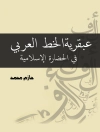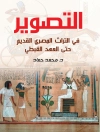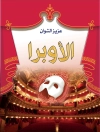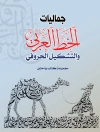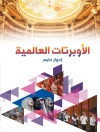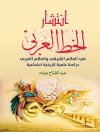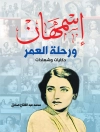In ‘Some Notes on Early Woodcut Books, with a Chapter on Illuminated Manuscripts, ‘ William Morris delves into the intricate world of early printed books and manuscripts, examining the aesthetics and techniques of woodcut illustrations in relation to illuminated texts. The work is marked by Morris’s advocacy for craftsmanship in the age of industrialization, emphasizing the significance of artistry in the printed form. With a meticulous blend of scholarly analysis and appreciation for the beauty of early book design, this text serves as both a historical document and a call to revive the lost art of bookmaking, in which the visual elements enhance the literary experience. William Morris (1834-1896) was a British designer, writer, and socialist, whose deep-seated passion for the medieval arts profoundly influenced his views on literature and craftsmanship. His immersion in the Pre-Raphaelite movement and his quest to counteract the mass production of his time led him to explore the rich heritage of early printing. This exploration is not merely a niche interest; it reflects Morris’s broader desire to reinstate a sense of beauty and individuality in art and literature. This book is highly recommended for anyone interested in the intersections of art and literature, as well as those who appreciate the history of bookmaking. Morris’s insights provide valuable perspective for scholars and enthusiasts alike, inviting readers to consider the enduring significance of craftsmanship and visual storytelling in a contemporary context.
Sobre el autor
William Morris (1834–1896) was a seminal figure in the British Arts and Crafts movement and a prolific writer, designer, and socialist. His influence touched many aspects of design and art in the late 19th century. While widely recognized for his decorative arts accomplishments and his social and political activism, Morris was deeply enamored with medieval literature and the art of bookmaking. His exploration in the history of the book culminated in texts such as ‘Some Notes on Early Woodcut Books, with a Chapter on Illuminated Manuscripts, ‘ wherein Morris channels his passion and scholarship into examining the craft and aesthetics of book production during the incunabula period and the Middle Ages. His literary style is rooted in a romantic revivalism, and his writings often manifest a yearning for the beauty and craft of the past, as well as an ambition to restore those values in contemporary society. Morris’ work in this area was not merely an academic pursuit but part of a larger philosophy that sought to integrate beauty with utility in everyday objects—a principle that laid the groundwork for modern design philosophies. His commitment to artisanal excellence set a standard in both the literary and decorative arts, reinforcing the ideals of the Arts and Crafts movement in opposition to industrial mass production.


